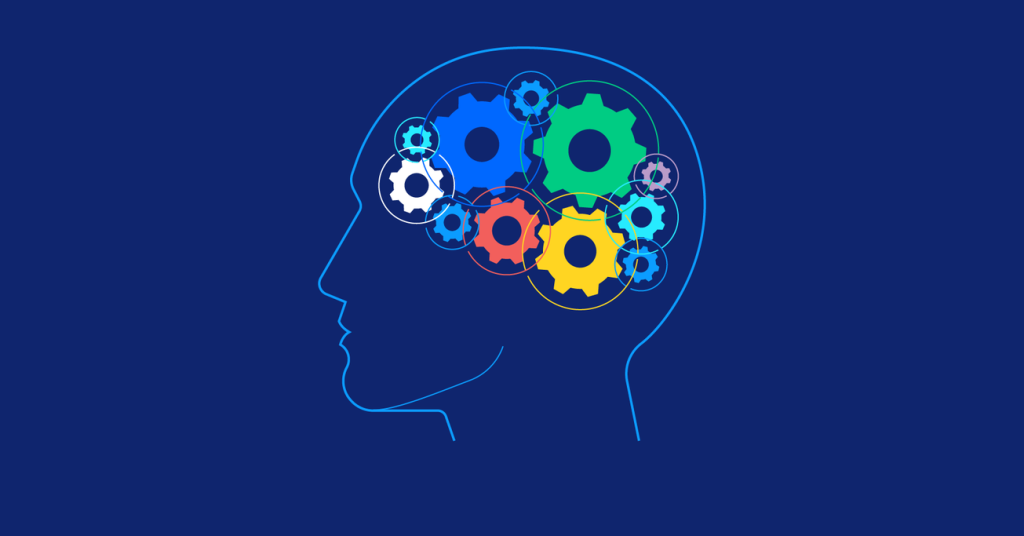
When it comes to web design, color is more than just an aesthetic choice—it’s a powerful tool that can influence user behavior and, ultimately, conversion rates. Understanding color psychology can help you create a website that not only looks appealing but also drives users to take action.
The Science Behind Color Psychology
Color psychology is the study of how colors affect human behavior. Different colors evoke different emotions and responses. For example, blue is often associated with trust and calmness, while red can evoke feelings of urgency or excitement. These emotional triggers can significantly impact how users interact with your website.
The Role of Color in Web Design
- Establishing Brand Identity: The colors you choose for your website should align with your brand identity. A consistent color scheme helps to reinforce your brand and make it more recognizable to users. For instance, a financial services website might use blue to convey trust and reliability, while a fashion brand might opt for bold, vibrant colors to communicate creativity and energy.
- Guiding User Behavior: Colors can guide users through your website, highlighting key areas like call-to-action (CTA) buttons, important information, or navigation menus. A well-placed, contrasting color can draw attention to a “Sign Up” or “Buy Now” button, making it more likely that users will take the desired action.
- Creating a Mood: The overall color scheme of your website sets the mood and tone for the user experience. A website for a luxury brand might use a sleek, monochromatic palette to evoke sophistication, while a children’s brand might use bright, playful colors to create a sense of fun.
How Color Impacts Conversions
The colors you choose for your website can directly impact conversion rates. Here’s how:
- Call-to-Action Buttons: The color of your CTA buttons is crucial. A button that stands out from the rest of the page—such as a bright red or orange button on a neutral background—can catch the user’s eye and encourage clicks. However, the color should still align with the overall design and branding.
- Perceived Value: Colors can also influence how users perceive the value of your product or service. For example, green is often associated with nature and health, making it a good choice for websites selling organic or eco-friendly products. On the other hand, black and gold are often associated with luxury and exclusivity, which could be used to position high-end products.
- Emotional Response: The emotional response elicited by color can play a role in conversions. For example, red can create a sense of urgency, making users more likely to act quickly. This is why red is commonly used in clearance sales or limited-time offers.
Tips for Choosing the Right Colors
- Know Your Audience: Different audiences respond to colors differently. Consider the demographics of your target audience when choosing your color scheme.
- Test and Iterate: Don’t be afraid to test different color schemes to see what resonates best with your users. A/B testing different colors for CTA buttons or banners can provide valuable insights into what drives conversions.
- Keep Accessibility in Mind: Ensure that your color choices are accessible to all users, including those with color blindness. Use sufficient contrast between text and background colors to make your content readable for everyone.
In Summary
Color psychology is a critical aspect of web design that can influence user behavior and impact conversion rates. By carefully selecting colors that align with your brand, evoke the right emotions, and guide user actions, you can create a website that not only looks good but also performs well. Whether you’re designing a new website or updating an existing one, consider the power of color in shaping the user experience and driving conversions.
Are you ready to design & build your own website? Learn more about UltimateWB! We also offer web design packages if you would like your website designed and built for you.
Got a techy/website question? Whether it’s about UltimateWB or another website builder, web hosting, or other aspects of websites, just send in your question in the “Ask David!” form. We will email you when the answer is posted on the UltimateWB “Ask David!” section.




